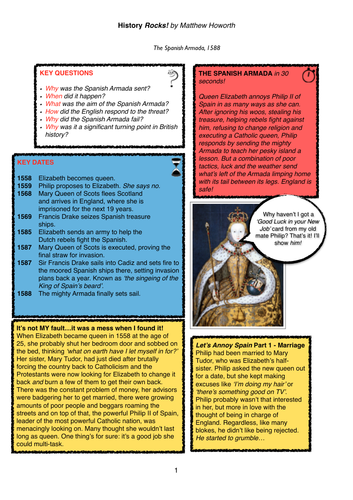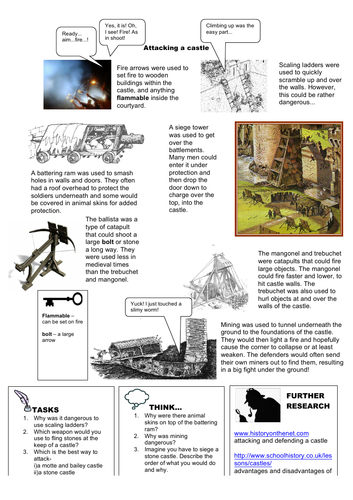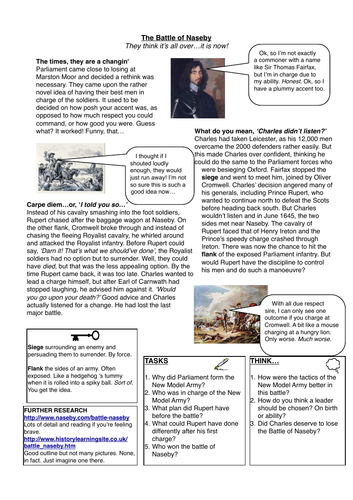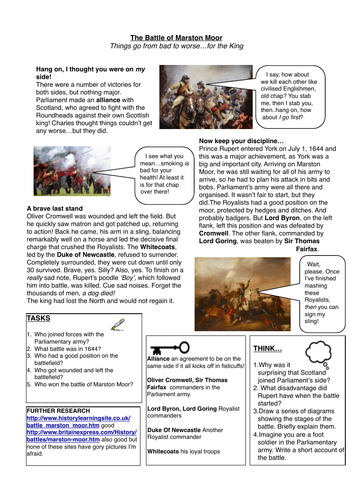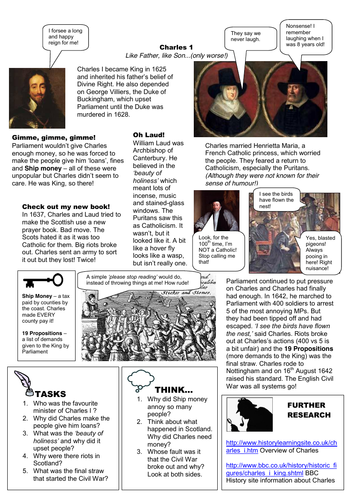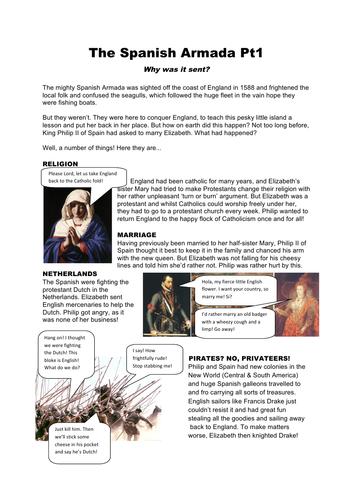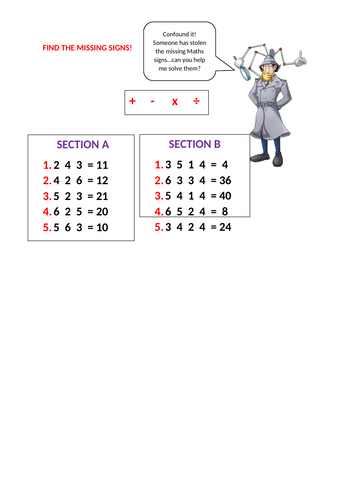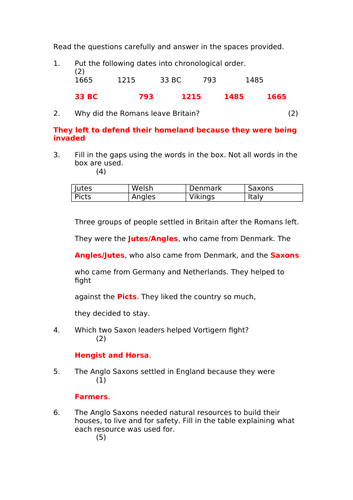History Rocks! Shop and other stuff
I'm Head of History and have also taught Maths, English, Religious Studies. I enjoy creating my own resources and try, whenever possible, to insert a splash of humour into them; I find this makes them more memorable, fun and therefore effective.

